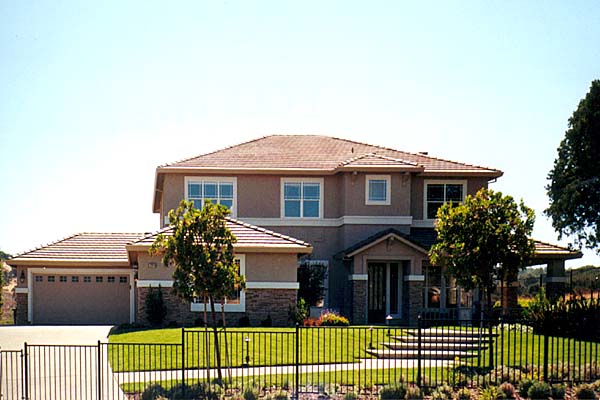TRANSFER DEVELOPMENT RIGHTS
Preserving Heritage, Nurturing Growth: A Deep Dive into Transfer Development Rights in Real Estate
Understanding Transfer Development Rights
Transfer Development Rights is a zoning strategy designed to strike a balance between the preservation of low-density or conservation areas and the need for controlled development. Property owners in designated areas, often characterized by historical significance or ecological importance, have the option to sell their development rights to other property owners. These purchased rights enable the buyers to develop their parcels at higher densities than the zoning regulations would otherwise allow.
Key Components of Transfer Development Rights
Low-Density or Conservation Zoning:
TDR typically applies to properties zoned for low-density development or conservation use, aiming to protect historical sites, natural landscapes, or areas of cultural significance.
Development Rights Transactions:
Property owners in designated areas can voluntarily sell their development rights to interested buyers, allowing the buyers to exceed the standard density limits on their parcels.
Preserving Heritage and Open Space:
TDR serves as a tool to preserve heritage sites and open spaces by incentivizing property owners in such areas to participate in the conservation effort.
Avoiding Undue Penalties:
The system is designed to avoid unduly penalizing landowners in conservation zones by providing them with a viable financial option to benefit from their property while still adhering to preservation goals.
Benefits of Transfer Development Rights
Preservation of Cultural and Natural Assets:
TDR allows for the protection of culturally and environmentally significant areas by encouraging property owners to participate in preservation efforts.
Preservation of Cultural and Natural Assets:
TDR allows for the protection of culturally and environmentally significant areas by encouraging property owners to participate in preservation efforts.
Economic Incentives:
Property owners in conservation zones receive economic incentives through the sale of development rights, providing a source of revenue while preserving the integrity of their properties.
Controlled Growth in Designated Areas:
By allowing controlled development in areas with purchased TDRs, the system ensures that growth is aligned with community planning goals.
Flexibility in Land Use:
TDR adds flexibility to land use planning, allowing for the strategic allocation of development rights to areas where growth is both desirable and sustainable.
How Transfer Development Rights Work
Designation of Sending and Receiving Areas:
Local authorities designate sending areas (areas to be preserved) and receiving areas (areas where development rights can be transferred).
Property Owner Voluntary Participation:
Property owners in sending areas voluntarily decide to participate in TDR by selling their development rights.
Transfer of Development Rights:
The development rights are transferred to property owners in receiving areas, allowing them to exceed the standard density limits.
Community and Environmental Benefits:
The community benefits from the preservation of significant areas, while property owners in receiving areas benefit from increased development opportunities.
Considerations and Challenges
Regulatory Complexity:
Implementing TDR programs may involve complex regulations and coordination between property owners, local authorities, and developers.
Economic Viability:
The success of TDR programs depends on the economic viability of development in receiving areas and the willingness of property owners in sending areas to participate.
Conclusion
Transfer Development Rights emerge as a thoughtful and innovative approach to navigating the delicate balance between development and preservation in real estate. By incentivizing property owners to participate in conservation efforts and providing economic benefits, TDR not only preserves cultural and natural assets but also paves the way for sustainable growth. As communities seek to embrace their heritage while fostering responsible development, Transfer Development Rights stand as a beacon of harmony in the dynamic landscape of real estate planning and conservation.
MORE REAL ESTATE TERMS
A, B, C, D, E, F, G, H, I, J, K, L, M, N, O, P, Q, R, S, T, U, V, W, X, Y, Z
Featured New Home

Featured Mortgage Brokers
- LEGACYTEXAS BANK, PLANO, TX
5000 LEGACY DR FL 1
PLANO, TX 75024 - MOVEMENT MORTGAGE LLC, RICHMOND, VA
5014 MONUMENT AVE
RICHMOND, VA 23230 - AMERICAN BANK, ROCKVILLE, MD
9201 CORPORATE BLVD STE 130
ROCKVILLE, MD 20850 - UNION MORTGAGE GROUP, INC., GREENBELT, MD
7501 GREENWAY CENTER DR
GREENBELT, MD 20770 - PRIMELENDING A PLAINSCAPITAL COMPANY, NORTH SYRACUSE, NY
6702 BUCKLEY RD STE 140
NORTH SYRACUSE, NY 13212